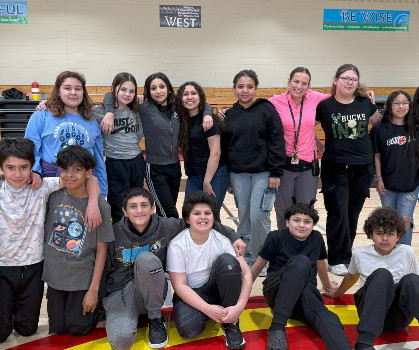Fitness Through Play: How to Reimagine Physical Education for Lifelong Wellness
SHAPE America
MAY 22, 2025
dance, yoga, aerobics) that meet the need for self-expression. It might look like dancing in your room, walking the dog, shooting hoops with friends, riding a bike, or playing tag at recess. Learn how to identify their target heart rate zone (and understand why staying within that zone can improve cardiovascular endurance).











Let's personalize your content